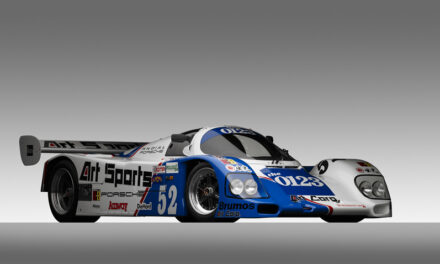Another vernal baby was born this night, under the first full moon of spring. According to Carolina Performing Arts executive director Emil Kang, it was years in gestation. Yes, CPA presented another commissioned work as part of its year-long series, “The Rite of Spring at One Hundred.” This time, it was an ambitious collaboration between composer-musician Vijay Iyer and filmmaker Prashant Bhargava, and it took the series’ theme to India, where a spring ritual called Holi is widely celebrated.
Holi is also known as the Festival of Colors, and the epicenter of its celebration is the Braj area in Uttar Pradesh that is supposed to be the birthplace of Lord Krishna. But it is Krishna’s consort, the lovely Radha, or Radhe, who’s the focus of the ecstatic praying, dancing and color-bombing that goes on for days. Filmmaker Bhargava collected footage and sound from the 2012 festival and created a flowing montage of scenes, steadily increasing in color saturation and mounting in intensity to the sexualized ritual violence of its finale. Fortunately, in this rite, no maiden is sacrificed, but women in gorgeous dark red saris and full veils crusted with glittering embroidery beat the heck out of men crouched beneath their shields.
Iyer’s music, played by himself on keyboards and electronics, along with other members of the International Contemporary Ensemble on assorted instruments (including, unsurprisingly, bassoon) provides the soundtrack for the film. It appeared to me that the music was composed after the film was cut, but it could have been the other way around. In overall structure and length, RADHE RADHE: Rites of Holi is similar to Stravinsky’s Rite, but the basic emotional quality is quite different. There’s a joy in this music, for all its frenetic beats and periods of chaotic cacophony.
Together, the film and music are quite wonderful. Both open gently. We see the countryside, with its vegetation of many colors; we see the village with its brightly painted walls. Gradually, people are introduced, and we see them making preparations for the festival. The music, spare at first, begins to fill with instrumentation and the tempo picks up as people pour into and begin tossing colored powders on each other, shoot each other with color-filled super-soakers from rooftops, and receive a blessing of pink fragments dropped from a helicopter. It goes on and on — a complete release from the ordinary. The music becomes more and more intense as the screen becomes more crowded with pressing, writhing bodies, and two big drum sets come into full play for the climax.
In a work like this, the first question is — can the parts be separated? I think the music could be played alone, like an opera might be played but not staged, although I’ll never be a good judge of that because I’ll never hear it without seeing the colorful scenes in my mind’s eye. The film I think would need some kind of soundtrack. The collected sound of drumming and chanting that is incorporated into the musical composition, especially towards its end, might be enough. But why should the two be separated? We have the technology to keep them together.
I had two quibbles with the production. At one point, for no reason I could discern, the screen went to black, and there was a pause and some scrabbling around by the musicians; most annoying and mood-breaking. And the end of the film seemed slightly anti-climactic — I think it could have been pruned by a minute or so. Even a film about excess should not have any excess. The other issue had to do with the staging — they hadn’t quite figured out the lighting issues. The musicians needed (or at least, had) very bright lights that glared out at the audience, and they had not masked over the glowing apple on the laptops. The more general stage lighting spilled onto the lower part of the film screen. These are minor points. It’s a grand project, and hugely successful. I’m already trying to think how I could get a DVD.
The program’s first half was devoted to shorter works by Steve Lehman and Tyshawn Sorey. Lehman’s Lenwood & Other Saints Who Roam the Earth, four short pieces for two flutes, named in honor of four musicians, is probably best appreciated by other musicians. His Manifold, the shortest work of the evening at six minutes felt like the longest. It was irritatingly self-conscious and arty, repeatedly interrupting itself and lurching in a different direction. Sorey’s Ode to Butch Morris, on the other hand, I found entrancing in its gentle melancholic flow and increasing spaciousness, accented with piano notes like the clink of ice on crystal. It was like a time-lapse photograph of the universe expanding, and made a piquant contrast to the ever-denser RADHE RADHE that followed later.












